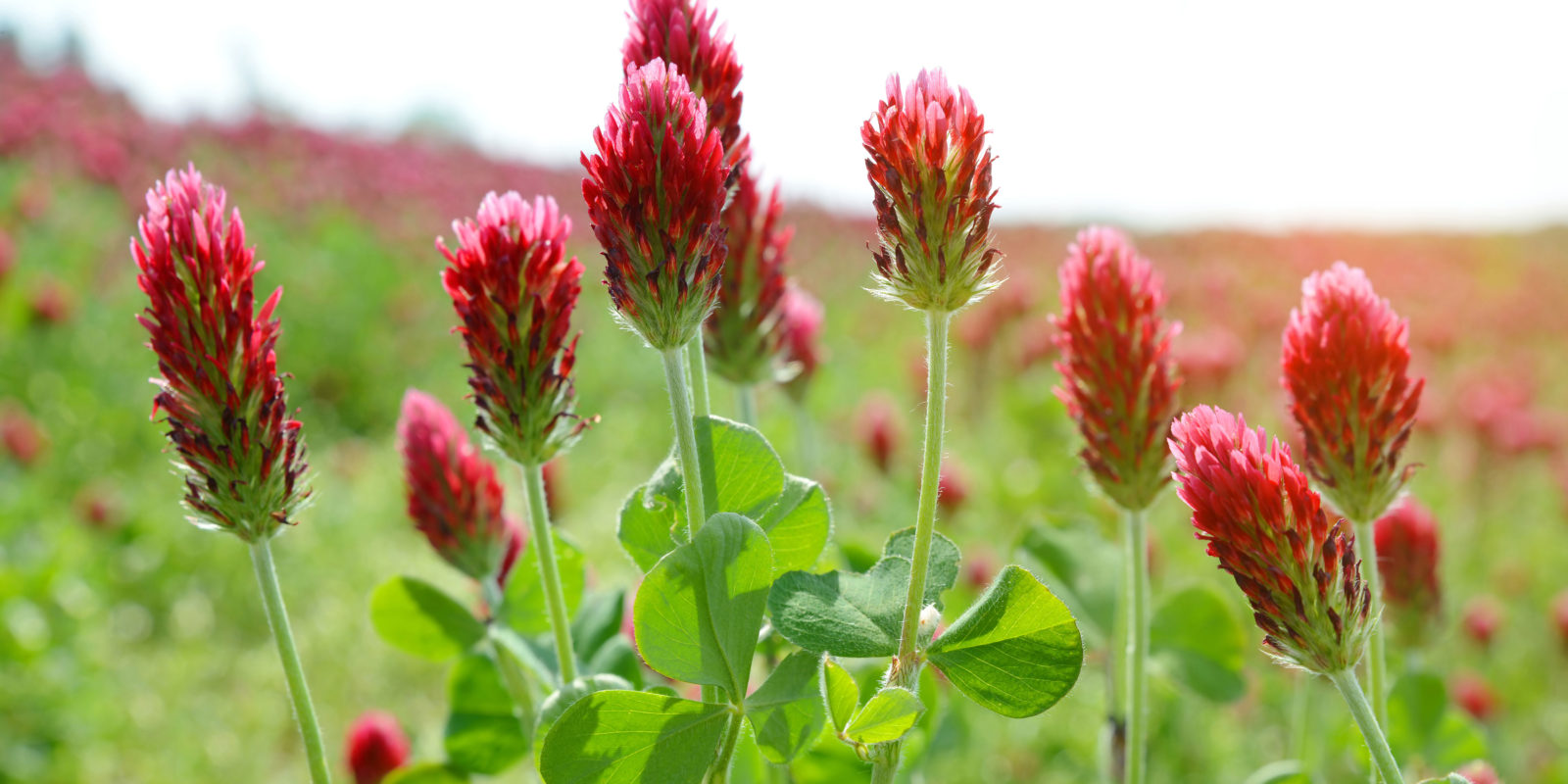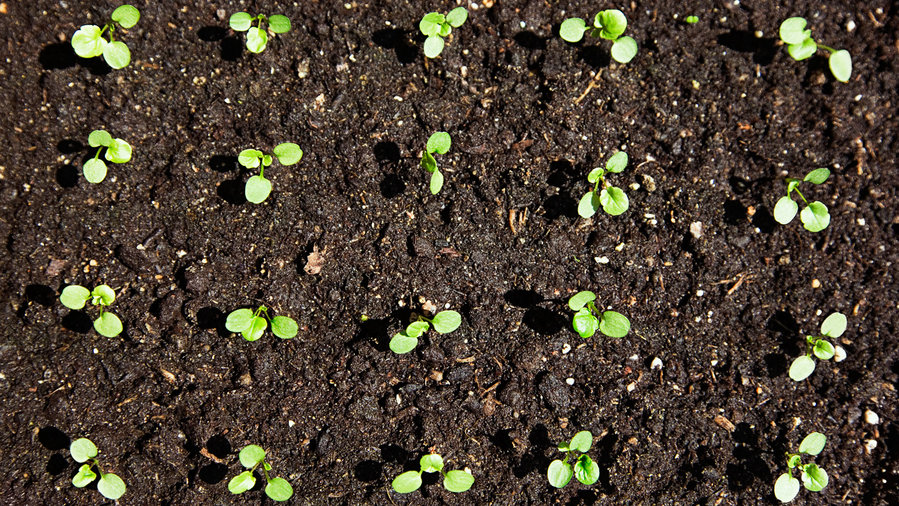
Top 10 Cover Crops for Your Fall Garden
Replenish soil for next year by planting nutrient-feeding cover crops now.

A cover crop is a crop that you plant in your vegetable beds, but don’t eat. Which may make you wonder, what the heck is the point? After all, you don’t toil away on your tomatoes, peppers, and carrots just to chuck them the second they’re ready. But hold the phone—or the garden hoe—because cover crops do so much for your garden.
Ivette Soler, a garden designer in Los Angeles who grows several beds of vegetables in her backyard at home, practically gushes when asked if she likes using them. “Cover crops are fantastic for organically improving the health of your soil!” she says, adding “Taking a pause by letting a cover crop grow in your raised beds or in-ground rows allows you to take a beat while passively making your soil better.”
And they do more than that. “Cover crops bridge the seasons by performing a wide range of services beneficial to our gardens and the greater ecosystem,” says Pass the Pistil blogger Emily Murphy. “They protect soil, decrease erosion, act as living mulch, and suppress weed growth.” She adds, “They also offer refuge and forage for overwintering beneficial insects and ensure a reliable source of living roots.”
And what’s the benefit of living roots? “Living roots are essential for maintaining the plant-soil-microbe partnership that helps drive the carbon cycle,” Murphy says. Basically, she explains, when you maintain a supply of living roots with compost, you feed the soil ecosystem. “The soil ecosystem and the microbes that inhabit it build soil organic matter and, over time, shuttle carbon from the atmosphere back underground,” she says.

Photo by Image Source / Getty Images
Meanwhile, some cover crops also “fix” nitrogen—a macronutrient plants need to grow. Natural nitrogen fixers include plants like legumes, clover, and vetch.
If you want to try a cover crop at home, order seeds from someplace like groworganic.com. Plant the seeds in the fall by simply scattering them well, raking them in, and watering them. Next is the super easy part—just let your crop grow all fall and winter. Then, in the early spring, either mow or till your cover crop into your soil, depending on what type of seed you’ve used. Some people plant right away, but Solar says to wait. “After you dig your cover crop in, allow about three weeks for the soil microbiome to break down the green manure and incorporate it into readily available nitrogen,” she says, “and then plant away!”
